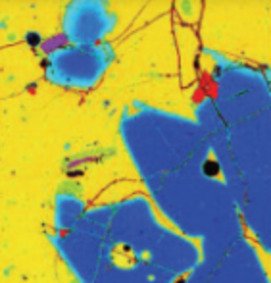Gas Fluxes from Flood Basalt Eruptions
Subaerial continental flood basalt volcanism is distinguished from all other volcanic activity by the repeated effusion of huge batches of basaltic magma (~102–103 km3 per eruption) over short periods of geologic time (<1 Myr). Flood basalt provinces are constructed of thick stacks of extensive pahoehoe-dominated lava flow fields and are the products of hundreds of eruptions. Each huge eruption comes from a dyke-fed fissure tens to hundreds of kilometres long and lasts about a decade or more. Such spatial and temporal patterns of lava production do not occur at any other time in Earth history, and, during eruptions, gas fluxes of ~1 Gt per year of SO2 and CO2 over periods of a decade or more are possible. Importantly, the atmospheric cooling associated with aerosols generated from the SO2 emis- sions of just one flood basalt eruption is likely to have been severe and would have persisted for a decade or longer. By contrast, warming due to volca- nogenic CO2 released during an eruption is estimated to have been insignifi- cant because the mass of CO2 would have been small compared to that already present in the atmosphere.
Gas Fluxes from Flood Basalt Eruptions Read More »


